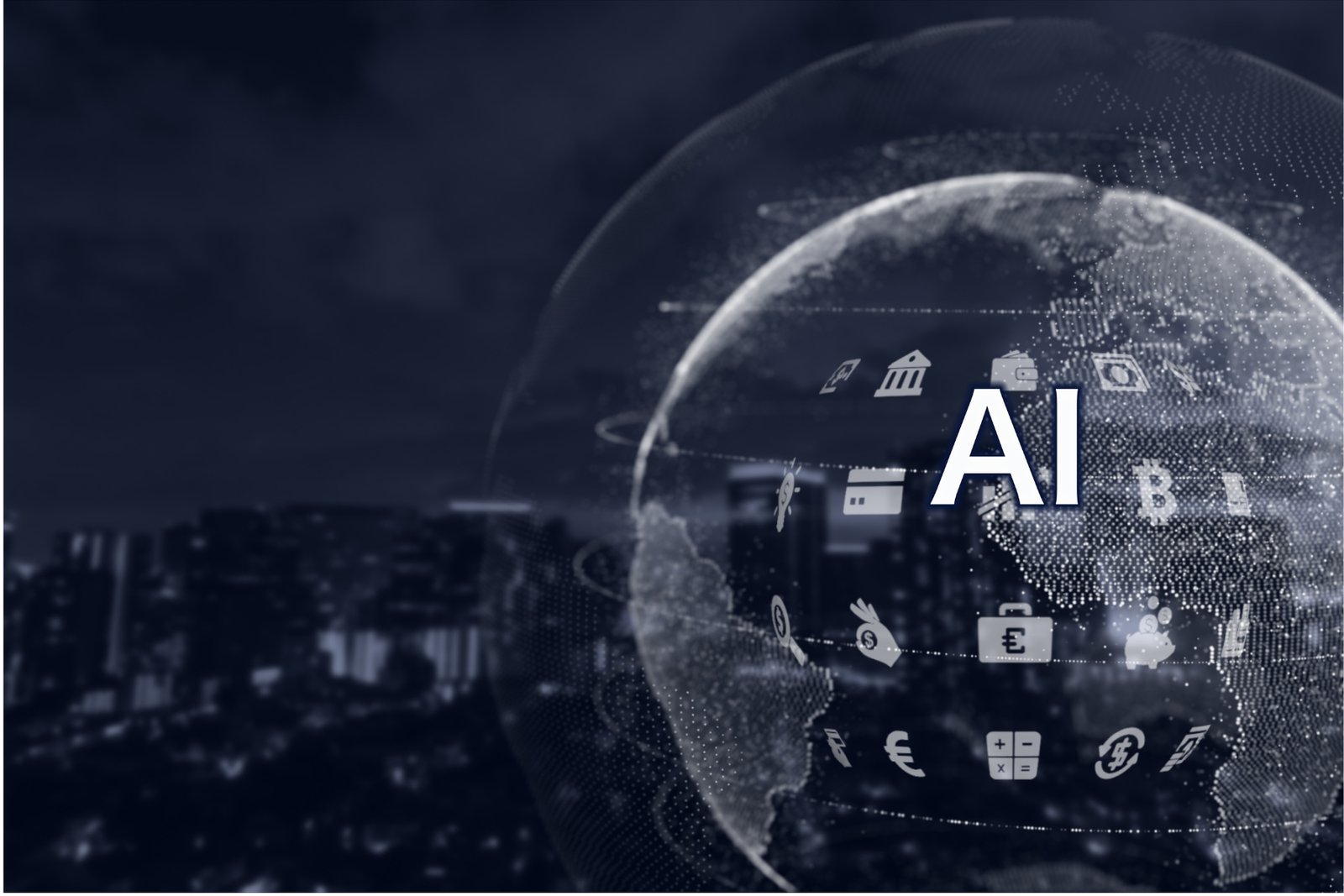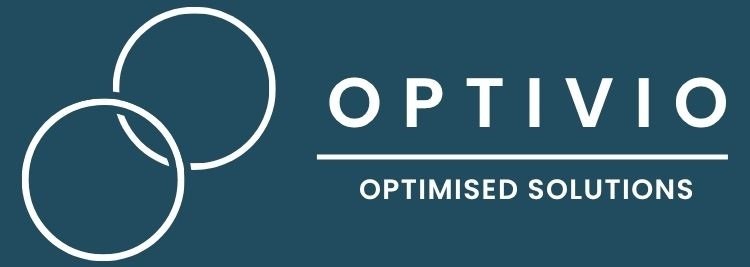Most businesses are already doing some form of marketing. Maybe it is email newsletters, printed brochures, paid ads, or even social media posts created by hand. But in 2025, simply doing marketing is not enough.
The real question is: what kind of marketing actually works today?
AI has introduced a major shift. The tools and platforms that were once expensive or exclusive are now accessible to almost every business. And they are delivering serious results – faster, smarter, and often at a fraction of the cost. Have a look at the AI tools we suggest.
In this article, we are breaking down how AI-powered marketing compares to traditional methods. You will see what still works, what does not, and what you should focus on if you want to grow your business in today’s market.
What Is Traditional Marketing (and Why It’s Falling Behind?)

Traditional marketing refers to the methods that have been used for decades. Think printed flyers, newspaper ads, radio spots, cold calls, TV commercials, and even in-person networking. While some of these tactics still have their place, many are struggling to keep up with the speed and demands of today’s digital world.
These channels are often expensive to produce, difficult to track, and limited in personalisation. You put a message out into the world and hope the right people see it. There is little data to tell you what worked and what did not, and very little ability to adapt in real time.
Even traditional digital methods – like sending the same email to your entire list or manually writing every single social post – can feel outdated when compared to what AI now makes possible.
In 2025, traditional marketing is not dead, but relying on it alone will almost certainly hold your business back.
What Is AI Marketing (and Why It’s Growing Fast?)

AI marketing uses artificial intelligence to plan, create, automate, and optimise your marketing efforts. Instead of doing everything manually, AI tools help businesses generate content, analyse performance, personalise messaging, and even predict customer behaviour.
It is not about replacing humans. It is about giving small teams the ability to do more with less. Whether it is writing emails, creating social posts, building ad creatives, or analysing campaign data, AI tools make these tasks faster and more effective. AI writing tools like Jasper or ChatGPT
What once required a full marketing department can now be done by one or two people with the right software.
That is why AI-powered marketing is growing so quickly. It gives businesses of all sizes the ability to compete, adapt, and scale – without the traditional overheads.
The best part? Most of these tools are easy to use, affordable, and already making a real difference for those who know how to apply them properly.
AI vs Traditional Marketing: Side-by-Side Comparison
If you are trying to decide whether to stick with traditional methods or embrace AI, this quick comparison shows how the two approaches stack up in 2025.
| Feature | Traditional Marketing | AI-Powered Marketing |
|---|---|---|
| Speed | Slower to produce and launch | Fast and often real-time |
| Cost | Higher production and distribution costs | Lower cost, scalable with usage |
| Targeting | Broad, generalised | Highly targeted and data-driven |
| Personalisation | Limited or none | Dynamic, real-time personalisation |
| Data & Insights | Basic or delayed feedback | Detailed, real-time analytics |
| Scalability | Requires more time, money, and staff | Easy to scale with automation |
| Adaptability | Static campaigns | Can adapt instantly based on performance |
Want Help Switching to Smarter Marketing?
If you do, fill out the form below and our team will be in touch as soon as possible!
So, Which One Actually Works in 2025?
The short answer? AI-powered marketing.
Traditional methods still have their place. A well-designed brochure, a strong brand campaign, or a face-to-face pitch can still be powerful. But these tactics work best when combined with a smarter, data-driven approach – and that is exactly what AI delivers.
In 2025, it is not about choosing one or the other. It is about using the best of both, with AI tools giving smaller businesses the speed, insights, and automation they need to compete.
The difference is that with AI, you are no longer guessing. You are learning, adapting, and improving every step of the way.
If you want to stop wasting time on outdated methods and start getting better results with less effort, AI is the way forward. And we can help you get there.
